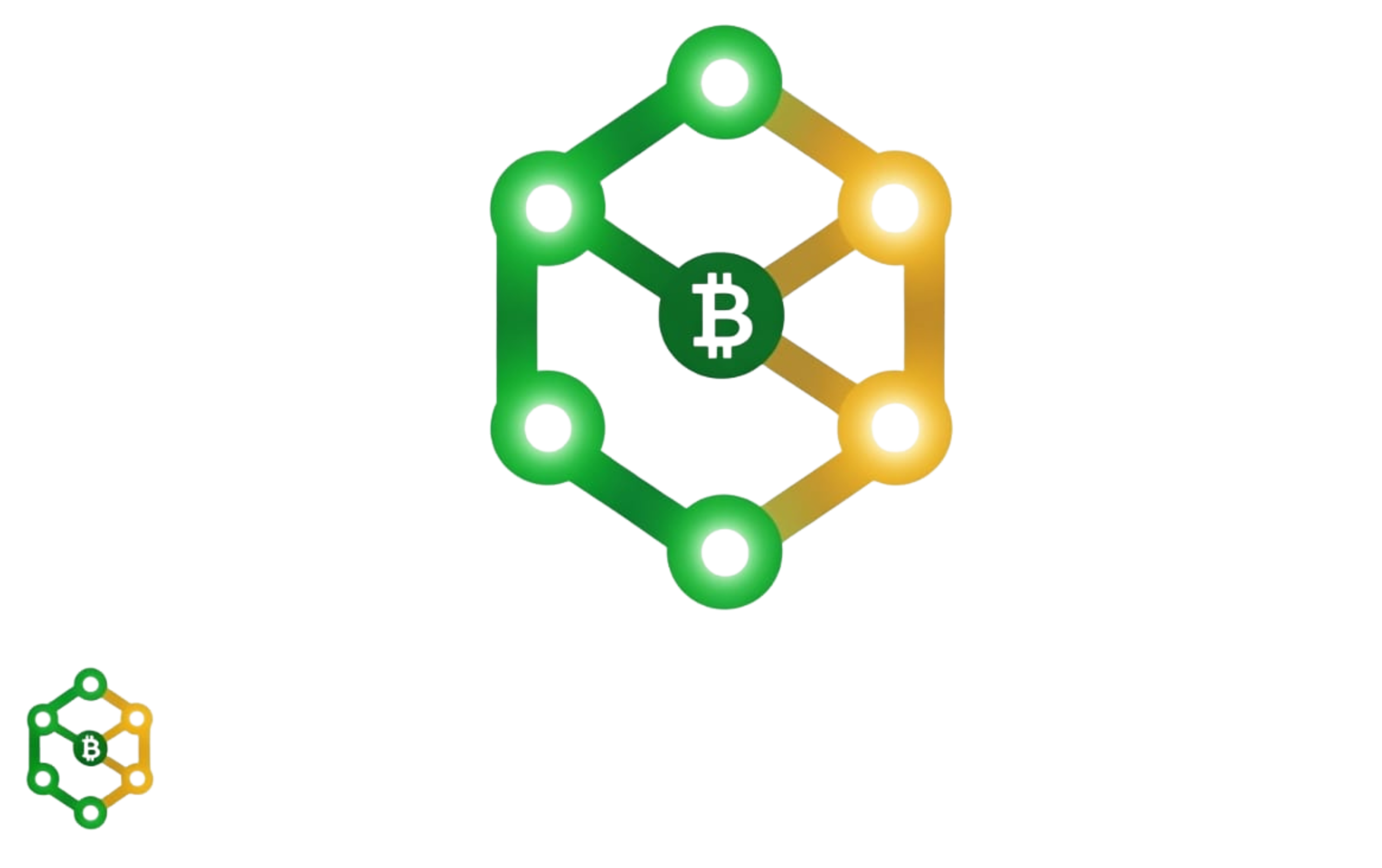From Speculation to Integration
The crypto market, once regarded as a fringe experiment by retail investors and tech-savvy developers, is now entering a new era—one of institutional validation and regulatory alignment. A flurry of announcements from financial giants like BlackRock, Standard Chartered, and eToro, combined with sweeping U.S. legislation, is solidifying the role of digital assets in the global financial system. Bitcoin, Ethereum, and stablecoins are no longer the domain of speculation—they are becoming foundational instruments for the future of finance.
BlackRock Backs Stablecoins as a Structural Financial Pillar
In a recent investment note, BlackRock identified stablecoins as one of five “mega forces” set to shape future returns across financial markets. The report highlighted the explosive growth of the stablecoin market, which has expanded to over $250 billion since 2020, driven by demand for digital dollars that combine blockchain speed with fiat stability.
Central to this transformation is the Genius Act, a new U.S. law that classifies stablecoins as legitimate payment instruments, allows issuance only by regulated financial institutions, and requires full backing through short-term U.S. Treasuries. According to BlackRock, this regulatory clarity could strengthen demand for Treasuries while offering a secure framework for integrating stablecoins into the traditional banking and payments ecosystem.
The implications are far-reaching: stablecoins may reinforce dollar dominance, especially in emerging markets where inflationary pressure and weak banking infrastructure make digital dollars a superior alternative.
Institutional Capital Flows into Bitcoin and Ethereum
Perhaps the most striking indicator of crypto’s shift toward legitimacy is the scale of institutional investment. BlackRock, the world’s largest asset manager, recently disclosed that it purchased $147.4 million in Bitcoin and $132 million in Ethereum, signaling a strategic move from theory to capital deployment.
This level of engagement marks a sharp departure from the caution that characterized Wall Street’s approach to crypto just a few years ago. With better custody solutions, maturing regulation, and declining volatility, institutional players are increasingly viewing Bitcoin as a hedge against inflation and Ethereum as the backbone of decentralized financial infrastructure.
Ethereum Rises as the Digital Rails of Asset Markets
Ethereum’s status as the leading smart contract platform has been further cemented by two key developments. First, eToro announced plans to launch tokenized U.S. equities on the Ethereum blockchain, enabling fractional and decentralized stock trading for global investors. This move could democratize access to capital markets and disrupt traditional brokerage models.
Second, Standard Chartered Bank stated that corporate treasury departments could soon hold up to 10% of all circulating ETH, a forecast that underscores Ethereum’s growing appeal as a store of value and operational infrastructure. With its limited supply and broad utility, Ethereum is increasingly being treated not just as a tech protocol, but as a financial asset worthy of institutional allocation.
Together, these moves point toward a future in which Ethereum is not just a development environment—but a platform for tokenized real-world assets, capital efficiency, and cross-border liquidity.
Regulation: From Barrier to Catalyst
What’s truly driving this evolution, however, is a regulatory pivot—from adversarial to accommodative. The Genius Act is a prime example of how legislation can foster innovation while ensuring oversight. Rather than restricting crypto activity, it lays the groundwork for safe, compliant growth by providing rules around issuance, reserves, and operational standards.
This shift in tone has enabled more conservative investors to enter the space, reassured by institutional-grade custody, legal protections, and financial reporting. It’s also reinforcing the role of the U.S. dollar as a digital reserve, as stablecoins like USDC and USDT become critical liquidity layers across both centralized exchanges and DeFi platforms.
The Integration of Crypto into Global Finance Is Accelerating
The past weeks have shown a clear narrative: crypto is no longer outside the system—it’s being woven into its fabric. From tokenized stocks to Treasury-backed stablecoins and direct institutional purchases of Bitcoin and Ethereum, the digital asset ecosystem is becoming a formalized extension of capital markets.
For investors—retail and institutional alike—the message is unequivocal. The blockchain-based financial infrastructure is here to stay, and it’s growing faster than ever. With rising institutional demand, supportive legislation, and breakthrough applications in tokenization and cross-border finance, crypto is shifting from an alternative to an imperative.













https://shorturl.fm/Sw7gV
https://shorturl.fm/cbgrd
https://shorturl.fm/WBSaw
https://shorturl.fm/VRlIU
https://shorturl.fm/UIfDi
https://shorturl.fm/c816M
https://shorturl.fm/6Ew5V
https://shorturl.fm/QCe12
https://shorturl.fm/43S60
https://shorturl.fm/AL0ha
https://shorturl.fm/YXvkV
https://shorturl.fm/KGLC0
https://shorturl.fm/A4VLx
https://shorturl.fm/jgde5
https://shorturl.fm/yjbaf
https://shorturl.fm/IJWjI
https://shorturl.fm/DDkHf
https://shorturl.fm/GM58O
https://shorturl.fm/TYalG
https://shorturl.fm/peOjq
https://shorturl.fm/Oxknz
https://shorturl.fm/YS9tQ
https://shorturl.fm/Ev2EJ
https://shorturl.fm/W7yp9
https://shorturl.fm/bjOVs
https://shorturl.fm/vWpPN